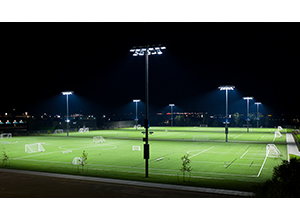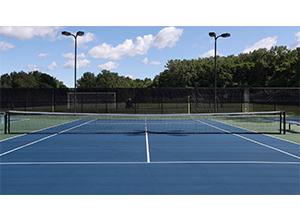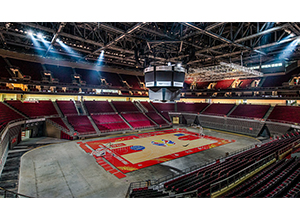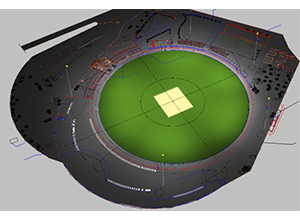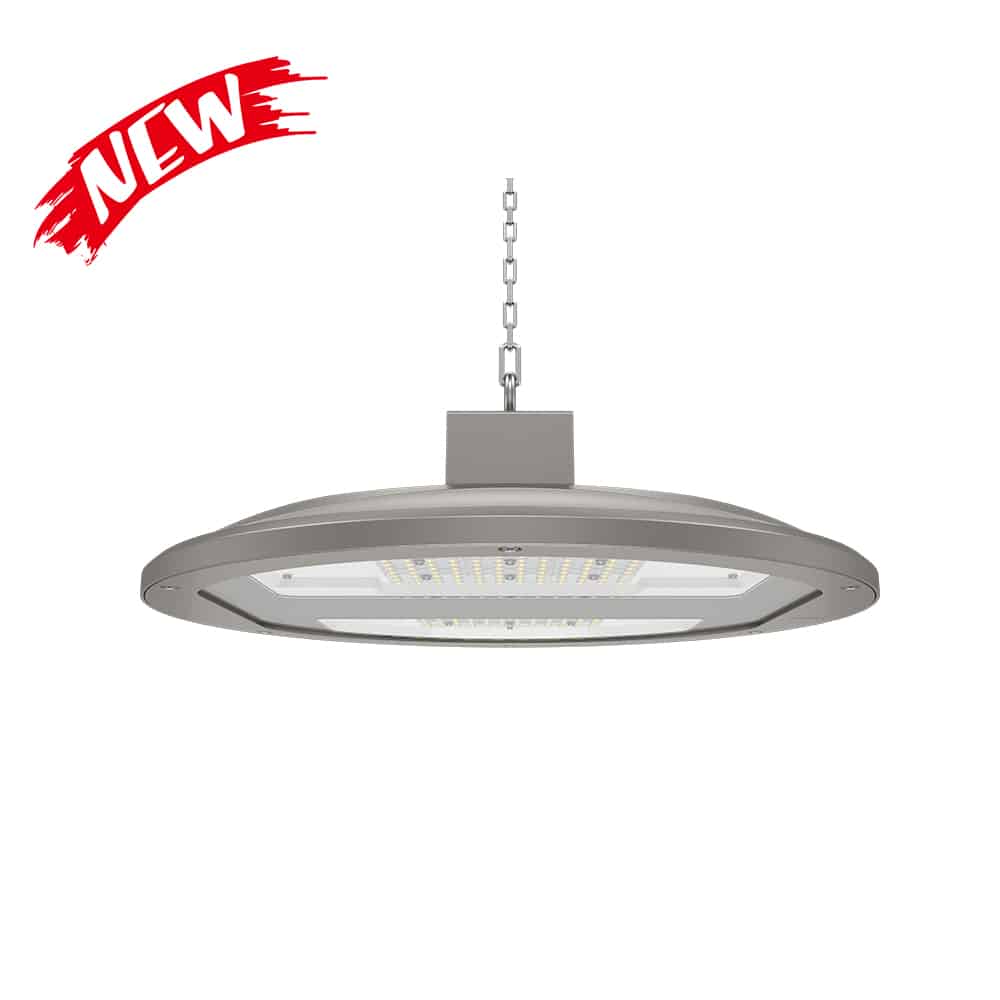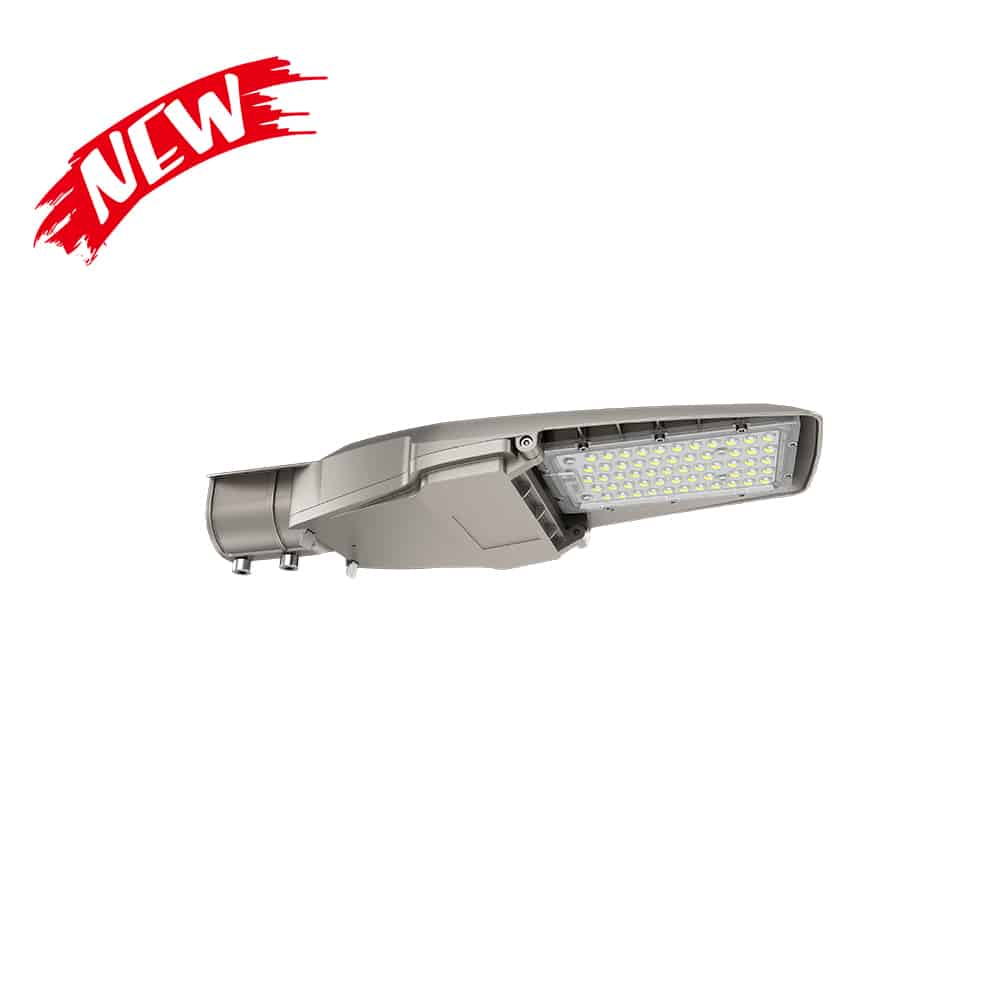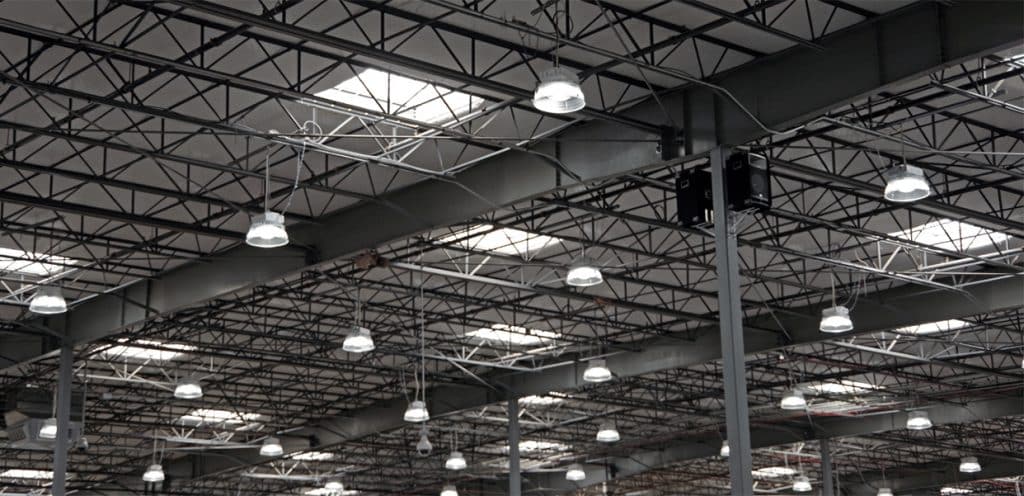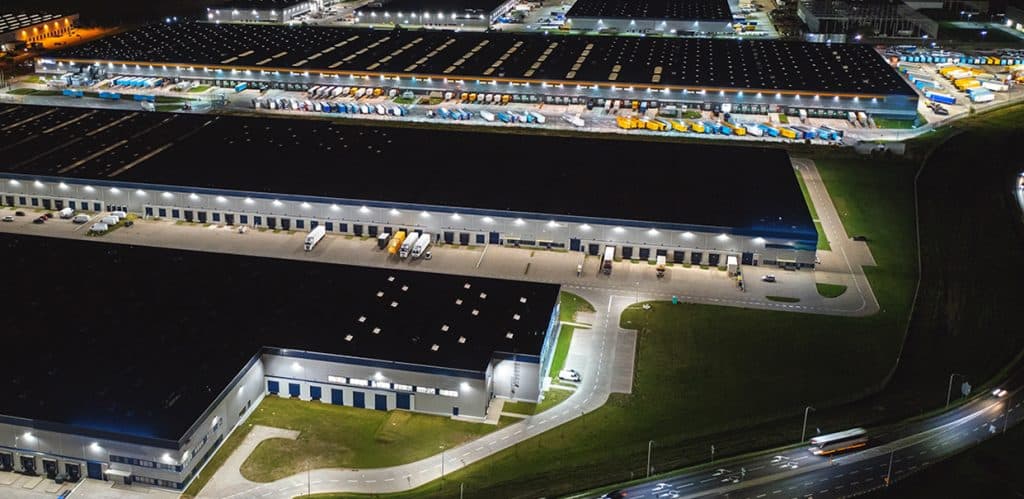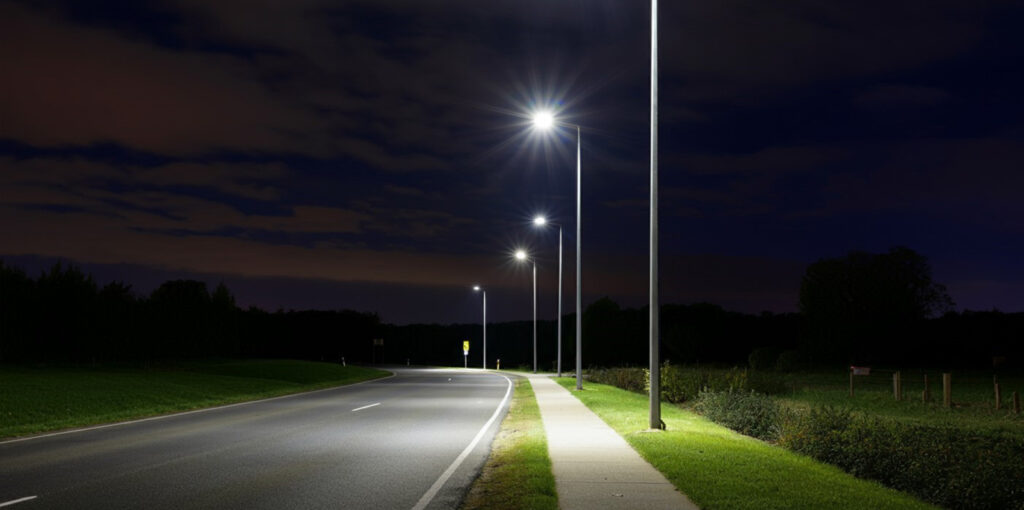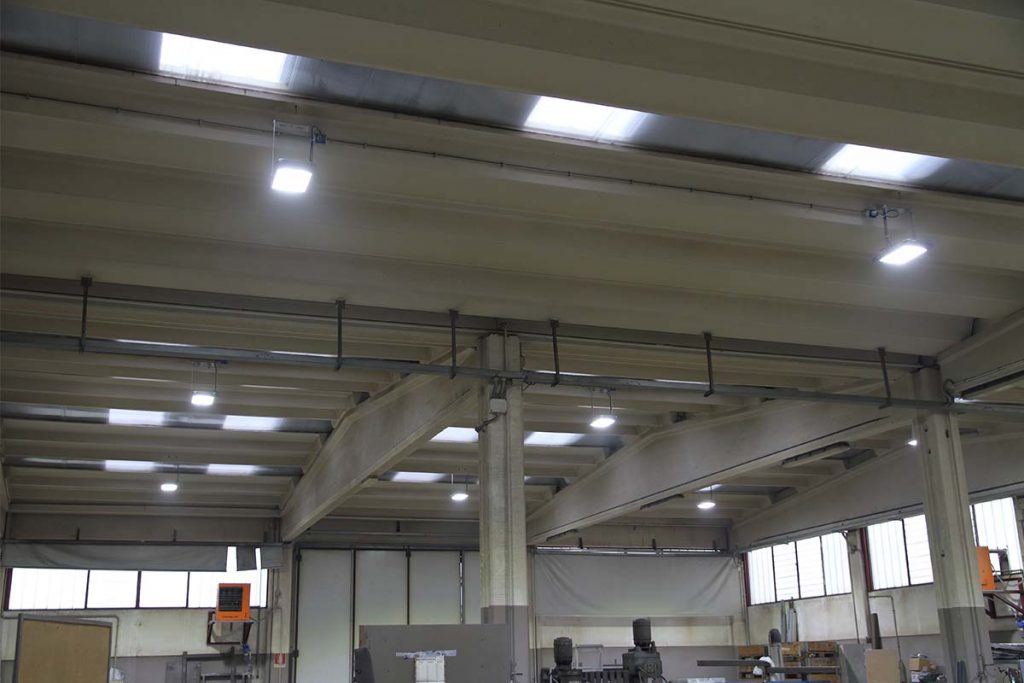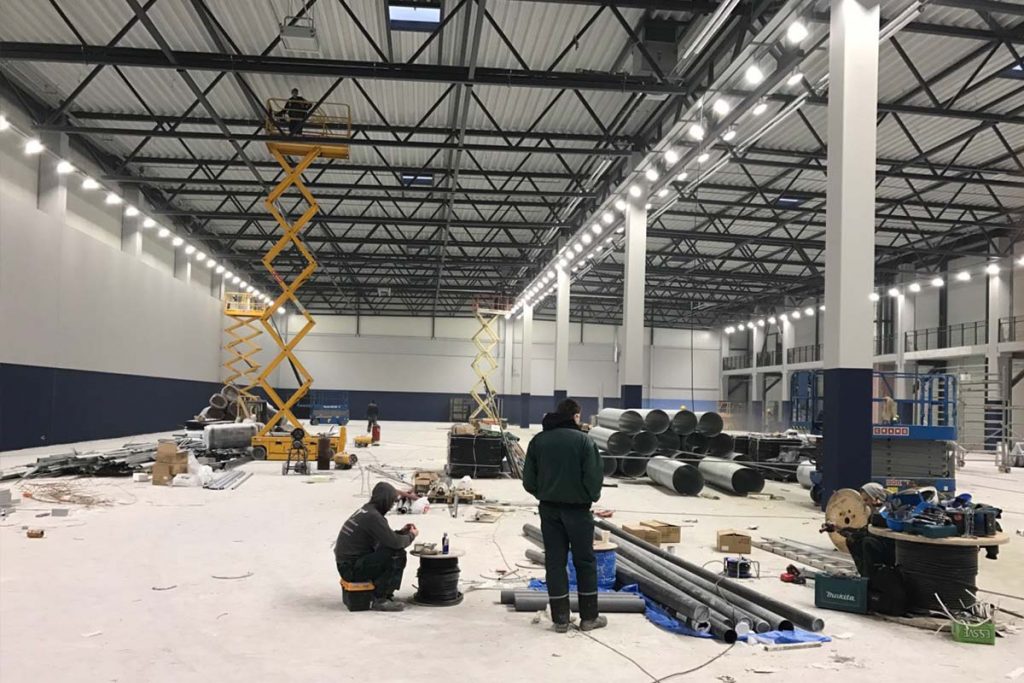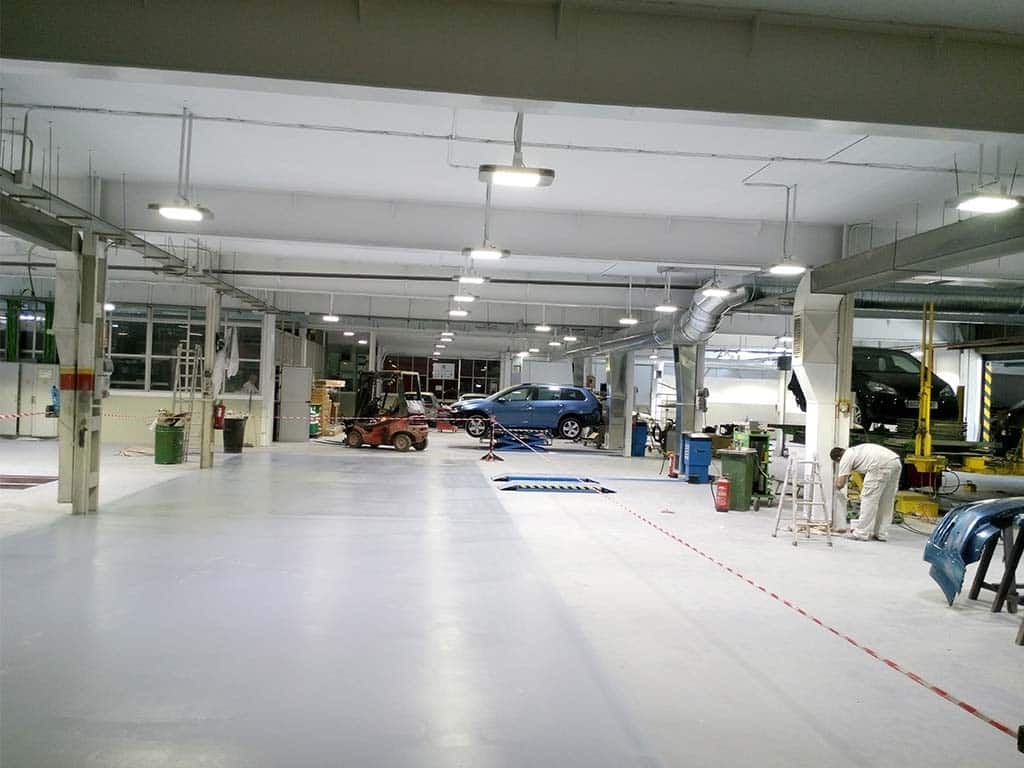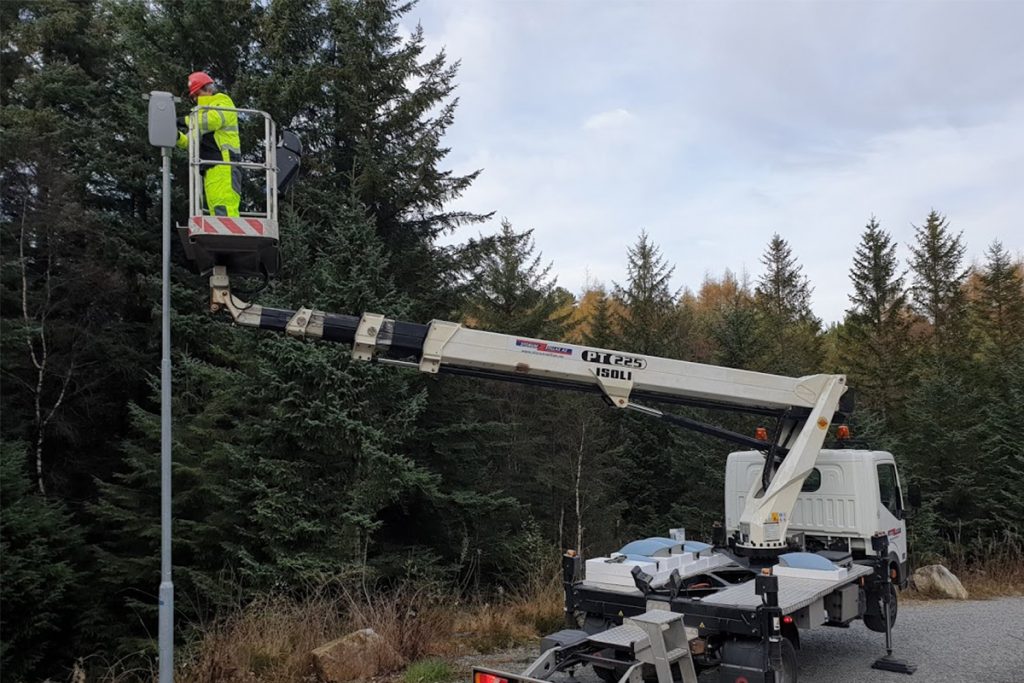Baseball and softball, what’s the difference in lighting design?
Baseball and softball, what’s the difference in lighting design?
Introduction
Baseball originated in the United States in the mid-19th century, and was initially just a casual game, mainly used for children’s recreational activities. It was not until the early 20th century that baseball gradually developed into an official sport. As a close relative of baseball, softball also originated in the U.S. Its rules are very similar to those of baseball, but some of them have been adjusted to accommodate women’s participation. The development of softball was also mainly concentrated in the United States. Baseball is now one of the four major professional leagues in the U.S. and has a wide professional reach around the world. In contrast, softball is more popular in amateur and collegiate leagues due to its fast pace and accessibility, and is especially popular in some countries in the Americas, Latin America, and Southeast Asia. Although baseball and softball share many similarities in the use of bats, balls and field shapes, they differ significantly in ball size, field dimensions, pitching styles and rules of the game. As a professional provider of LED lighting solutions, this article takes an in-depth look at the differences between baseball and softball in terms of field size, lighting standards (EN12193 standard about sports lighting) and lighting design, and analyzes in detail the general principles of lighting design for both sports. Through this article, readers can gain a more comprehensive understanding of the characteristics of baseball and softball, and their unique needs in lighting design.
Brief information about baseball and softball
Baseball is a nine-player game in which each team alternates between offense and defense, and is played over nine innings, with the highest scoring team winning the game. The offense sends one batter to the plate at a time, and the goal is to drive the ball in and score runs. The batter has three chances to hit the ball, and if he misses three times, he “strikes out”; if the ball is hit out of bounds, the batter has to run quickly to first base, and continue to second base, third base, or home plate, as appropriate, and successfully return to home plate to score a run. If the ball is caught in the air by the defense, the batter is out. Ideally, a “home run” is hit, meaning the ball flies over the outfield fence and the batter can easily run all four bases to score a run. The defense tries to catch the ball and pass it back to the basepaths to cut down the runners through the collaboration of the pitcher, catcher, and scattered players in the field. Pitchers are required to throw “strikes”, i.e. balls within the strike zone, and walk the batter to first base if they throw four “strikes”. The game is rich in strategies, including stolen bases, double plays, etc., and is a fast transition between offense and defense, making it very entertaining to watch. The basic rules of softball are similar to those of baseball, so if you know baseball, it will be relatively easy to understand softball. However, there are still some important differences between the two in terms of pitching styles, field sizes, and game details. In the next section, we will highlight the differences.
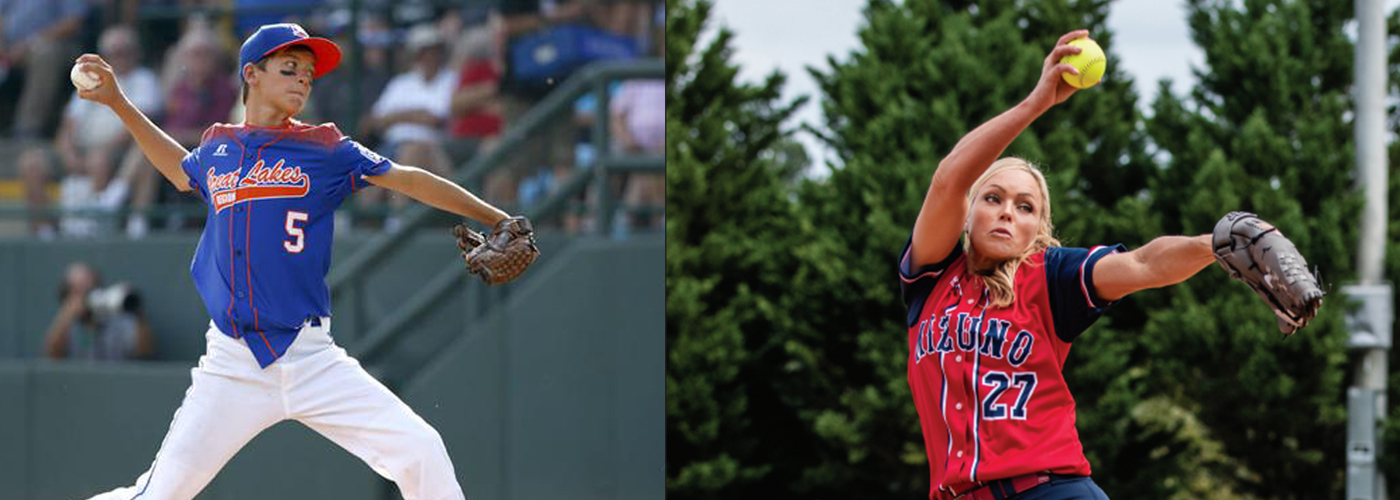
What’s the difference between baseball and softball?
Difference in balls
Baseballs and softballs are significantly different in design and use. The hard baseball is made of a round cork, rubber or similar substance as the center of the ball, wrapped with twine, then wrapped with two pieces of white horsehide or cowhide to tighten the flat line of the dense sewing and become, the surface of the ball to be sewn with 108 stitches. It weighs about 141.8 to 148.8 grams and has a circumference of 22.9 to 23.5 centimeters. The ball is hard and suitable for high-speed throwing and hitting. The softball, on the other hand, is made of cotton fibers, cork, or polyurethane as the core, coiled with cotton yarn, and sewn together with double-needle stitching (at least 88 stitches) using chrome-yellow horsehide, cowhide, or synthetic material as the skin. It weighs about 190 to 200 grams, has a circumference of 30 to 31 centimeters, and is a larger and softer ball for slow pitching and hitting. It is these differences in size, weight, and material between baseball and softball that the former is used in baseball and the latter in softball.
Difference in size of sports venue
Softball and baseball fields are both fan-shaped, but there are some differences in size and design. According to the rules of the game, the distance from home plate to the outfield fence on a baseball field is “at least 76.2 meters for men and 67.06 meters for women”, while on a softball field the distance is “at least 68.53 meters for men and 60.96 meters for women”. There is also a big difference in the spacing between the bases. Base spacing on baseball fields is 27.431 meters (more about dimension of the baseball diamond), while on softball fields it is a uniform 18.29 meters. There is also a difference in the size of the batter’s box on baseball and softball fields, where the batter’s box for baseball is 122 centimeters by 182 centimeters, while the batter’s box for softball is 91 centimeters by 213 centimeters, which is relatively small. Overall, baseball fields are larger than softball fields in all dimensions, and the key to this difference is the difference in the balls used: softballs are larger and heavier than baseballs, and therefore travel shorter distances and at lower speeds, and the fields are correspondingly smaller. Even though softballs are bigger, the field is smaller, and the contrast does give an interesting feeling.
Other differences – baseball vs softball
In addition to the size/weight of the ball and the size of the field, softball and baseball have significant differences in other areas. In baseball, the pitcher can throw the ball from all angles, up and down, but in softball, the ball must be thrown in an “underhand” position, meaning that it must leave the hand below the pitcher’s waist. There is also a difference in the number of innings played, with baseball being a 9-inning game and softball being a 7-inning game. Additionally, baseball allows stolen bases and has rules for that, while softball does not. Baseball focuses on power hitting, while softball fastpitch emphasizes speed and bunt and slowpitch focuses on hitting and defense. In terms of equipment, baseball gloves are larger and softball gloves are slightly smaller. In terms of popularity, baseball is more popular globally, while softball is popular at the amateur and collegiate levels, and has been reintroduced into the Olympic program in recent years.
Lighting standard of baseball and softball
Although there are some differences between softball and baseball in size, speed and competitive level, after consulting the corresponding lighting standards, it is found that the lighting requirements for both are similar in both Europe and America. Taking the lighting standard of EN12193-2018 as an example, according to the different Class levels, the illumination requirements for softball fields range from 200-750lux, and the illumination requirements for baseball fields range from 300-750lux. Apart from this difference, the uniformity, glare and color rendering index (What’s CRI?) are almost the same. In the IES Sports lighting standards per sport and competition level, the lighting standards for softball and cricket fields are exactly the same. For Training/Rec, High School and Collegiate, the illumination (and uniformity) requirements are 20-30fc (max to min < 2:1), 30-50fc (1.7:1) and 50-100fc (1.5:1) respectively.
| Outdoor | Reference area | Number of grid points | ||||
| Length-m | Width-m | Length | Width | |||
| Baseball | Infield | PA | 27.5 | 27.5 | 13 | 13 |
| Outfield | PA | 120 | 120 | 21 | 21 | |
| Lighting class | Horizontal illuminance | Horizontal illuminance | RG | Ra | ||
| (infield) | (outfield) | |||||
| Ehor Ave-lx | U2 hor | Ehor Ave-lx | U2 hor | |||
| I | 750 | 0.7 | 500 | 0.5 | 50 | 70 |
| II | 500 | 0.7 | 300 | 0.5 | 50 | 60 |
| III | 300 | 0.5 | 200 | 0.3 | 55 | 60 |
| According to Standard of EN 12193: 2018 | ||||||
| Outdoor | Reference area | Number of grid points | ||||
| Length-m | Width-m | Length | Width | |||
| Softball | Infield | PA | 18.3 | 18.3 | 13 | 13 |
| Outfield | PA | 90 | 90 | 29 | 19 | |
| Lighting class | Horizontal illuminance | Horizontal illuminance | RG | Ra | ||
| (infield) | (outfield) | |||||
| Ehor Ave-lx | U2 hor | Ehor Ave-lx | U2 hor | |||
| I | 750 | 0.7 | 500 | 0.5 | 50 | 70 |
| II | 500 | 0.7 | 300 | 0.5 | 50 | 60 |
| III | 200 | 0.5 | 100 | 0.3 | 55 | 60 |
| According to Standard of EN 12193: 2018 | ||||||
Lighting design of baseball and softball
Check the size of baseball and softball field
To understand field lighting options for baseball and softball fields, we first need to understand the field dimensions of both. In the previous section, we already know the difference between baseball and softball fields in terms of infield and outfield dimensions. The infield, also known as the square, is the area enclosed by the two sides of the in-bounds area that connect the outfield and the other two sides of the out-of-bounds area. While the infields of baseball and softball fields are similar in shape, the dimensions are significantly different: baseball infields have an infield edge length of 27.43 meters (22.86 meters for U-12 games), while softball infields have an infield edge length of 18.29 meters. The difference in outfield dimensions is even more striking. The outfield is a fan-shaped area consisting of the two out-of-bounds lines extending from home plate through first and third bases, as well as the fences, bleachers, or other obstacles in center field. The outfield distance for a standard baseball field is 325 feet (about 99 meters) for men and 275 feet (about 84 meters) for women; for a softball field, the outfield distance for a fast pitch is 250 feet (about 76 meters) for men and 220 feet (about 67 meters) for women, and the outfield distance for a slow pitch is 300 feet (about 91 meters) for men and 275 feet (about 84 meters) for women. The slow pitch outfield distance is: men 300 feet (about 91 meters), women 275 feet (about 84 meters). As you can see from these dimensions, the baseball field is significantly larger than the softball field. Therefore, when developing a lighting solution, baseball fields typically require more fixtures or same fixtures but with higher wattage (Watts to lumens) to meet the field's lighting needs.
Determine the lighting standard of baseball and softball field
Lighting standards can be chosen from EN12193 or IESNA (What's IESNA and IESNA light distribution types?). For example, EN12193 categorizes the lighting requirements of venues according to the level of competition for which the venue is being used: for major tournaments and World Cup training matches, the lighting needs to be Class I; for regional and club competitions, the lighting needs to be Class II; and for amateur competitions and training, the lighting needs to be Class III. Of course, if the project has a clear requirement for illumination, we will design the lighting according to the requirement. It is important to note that EN12193 does not have lighting standards for venues where there is a need for television broadcasting or where there are large numbers of spectators. For such venues, the lighting standards need to be raised appropriately, and can also refer to the World Baseball Softball Confederation on the relevant provisions of the lighting. In addition, local regulations and standards, future plans for the stadium, and light pollution issues all need to be taken into consideration.
Reasonable pole layout of baseball and softball lighting
Softball fields are typically lit with four to six high poles, the determining factor being the size of the field. If a small softball field (outfield fence 250 feet from home plate) is to be lit with highbay lights, a four pole floodlight layout makes more sense. Floodlights are usually installed with two high poles on either side of home plate, and these lights need to be properly oriented and lensed to ensure that the infield is evenly illuminated. The third and fourth poles are often located on either side of the intersection of the foul line and the outfield fence, and the lamps on the poles are usually oriented toward center field so that the infield and a portion of the outfield can be illuminated. If the outfield fence is 300 feet from home plate, six poles are usually sufficient. Two poles, also on either side of home plate, are used primarily to illuminate the infield, while the third and fourth poles are located on the center vertical line between second base and the grass line. The last two light poles are located on the outside of the outfield fence (located at the three equal points along the length of the outfield fence). For small and medium sized baseball fields, the light pole layout can also be modeled after the 4-pole and 6-pole layouts used for softball fields. For larger baseball fields, for better uniformity of illumination (What's light uniformity and how to improve it?) and to minimize glare, an 8-pole layout can be used, with the first four poles being the same as the softball field 6-pole layout, and the remaining four poles evenly spaced on the outside of the outfield fence. 4-pole, 6-pole, and 8-pole layouts are shown in the diagrams below.

Perform baseball and softball lighting simulation
Once the softball field dimensions, lighting requirements and pole distribution are confirmed, we can proceed with the lighting simulation. Usually we recommend using Dialux for simulation, if you have requirements for vertical illumination and uniformity, you can also use AGI32 (more about AGI32 lighting design), Relux and other software for simulation. Let's take a small stadium as an example (the length of the infield side is 18.29 meters and the distance to the outfield is 76 meters), the lighting levels are Class II and Class III, and the corresponding light poles are 6 and 4 poles respectively. The following is a comparison of the lighting results, and we see that both illumination and uniformity meet the requirements. In the former case, we used 24pcs 900W Glomax high mast lights to achieve an illuminance of 622lux in the infield and 371lux in the outdoor field, and a uniformity of 0.714 for the infield and 0.534 for the outdoor field, while in the lower case, we only needed 14pcs 900W Glomax high mast lights (Check to find more about ZGSM Glomax series high mast lights) to achieve an illuminance of 443lux in the infield and 371lux in the outdoor field. The illuminance reaches 443lux in infield and 214lux in outdoor field with a uniformity of 0.693 for infield and 0.375 for outdoor field.

ZGSM sports lighting services
ZGSM provides customers with free lighting design services, mainly using Dialux and AGi32 software. In addition to baseball and softball fields, we also provide professional lighting design solutions for football fields, tennis courts, basketball courts, golf courses, cricket courts, etc. ZGSM recommends using Dialux for simulation. If customers have requirements for vertical illumination (usually irregular lighting calculation areas, such as cricket fields, softball fields, golf courses), we can also provide accurate lighting simulation services through AGi32. In addition to sports lighting, we can also provide solutions for roads (ZGSM street lighting design service - Dialux EVO), parking lots, warehouses, gas stations and other projects. Below are some sports lighting design experience of ZGSM, please click the corresponding link for more information. If you have any project requirements, please feel free to contact us for more information.
Summary
Baseball and softball share a common origin, but they have many differences. This article examines the major differences between softball and baseball, including balls, field sizes, and rules of competition. It also provides detailed guidance on lighting design for both sports, including lighting standards (illuminance and uniformity) and lamp placement methods. In the lighting design section we explain in detail how to design an effective softball or baseball field lighting system, from determining field dimensions and lighting standards to planning pole positions and performing lighting simulations and more. In addition, the article highlights ZGSM's sports lighting solutions, which comply with international standards (e.g. EN12193, IESNA, GB standard) for a variety of sports, including soccer, tennis and basketball. Whether you are a product manufacturer, project manager or lighting designer, this guide provides some insight into optimizing lighting ( To get a lighting solution that achieves more uniformity and less glare with as few lamps as possible ) for softball and baseball, and you are welcome to contact us to exchange information.
Related Products
Related Blogs
Related Cases
People also ask
Author introduction

Hello Customers,
My name is Taylor Gong, I’m the product manager of ZGSM Tech. I have been in the LED lights industry for more than 13 years. Good at lighting design, street light system configuration, and bidding technical support. Feel free to contact us. I’m happy to provide you with the best service and products.
Email: [email protected] | WhatsApp: +8615068758483

